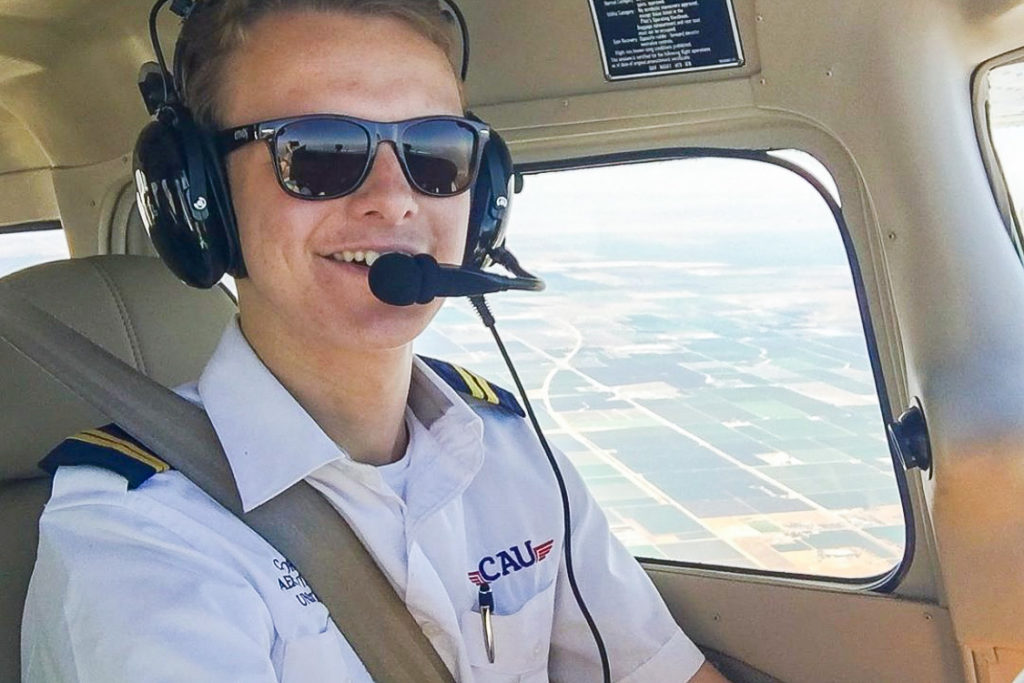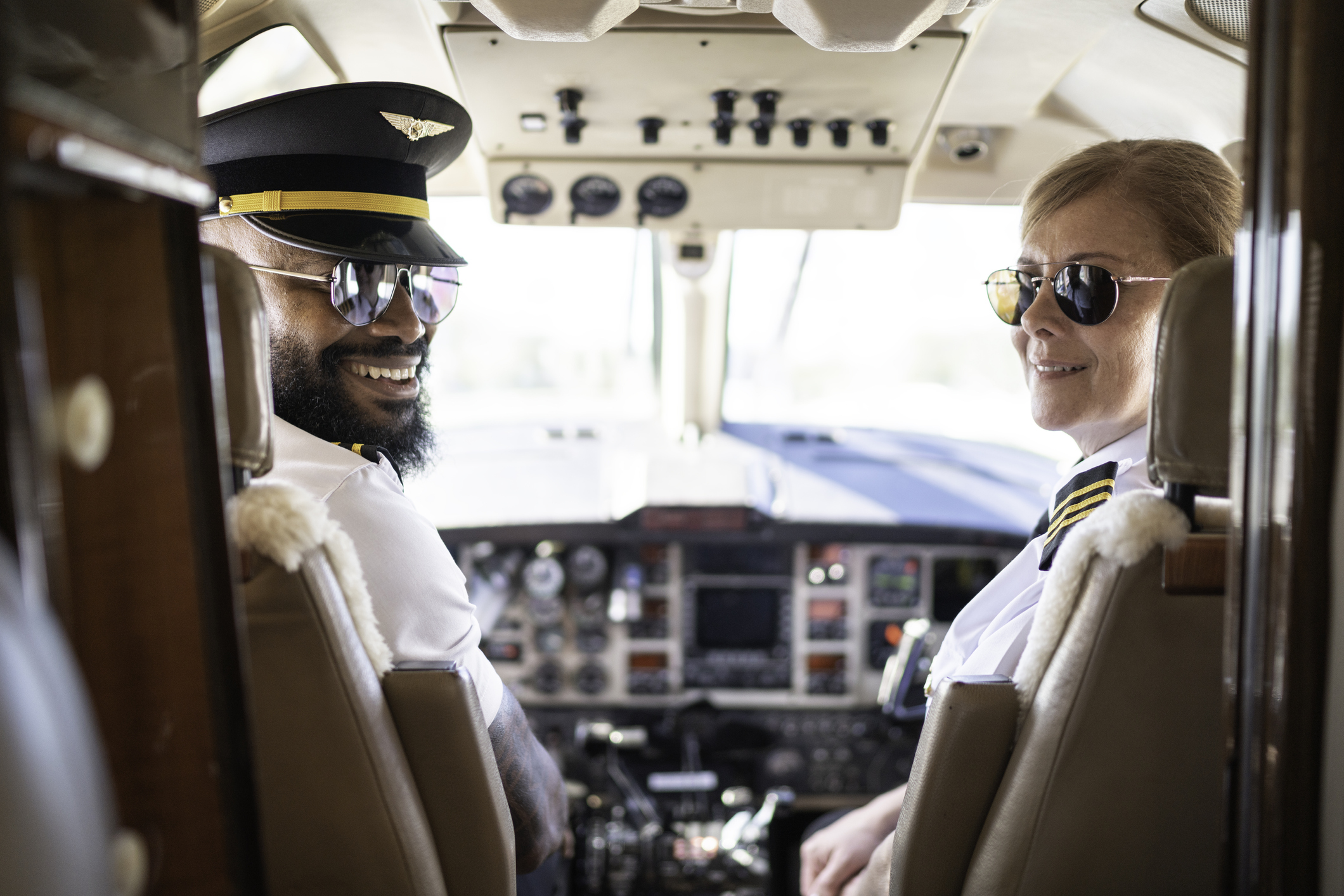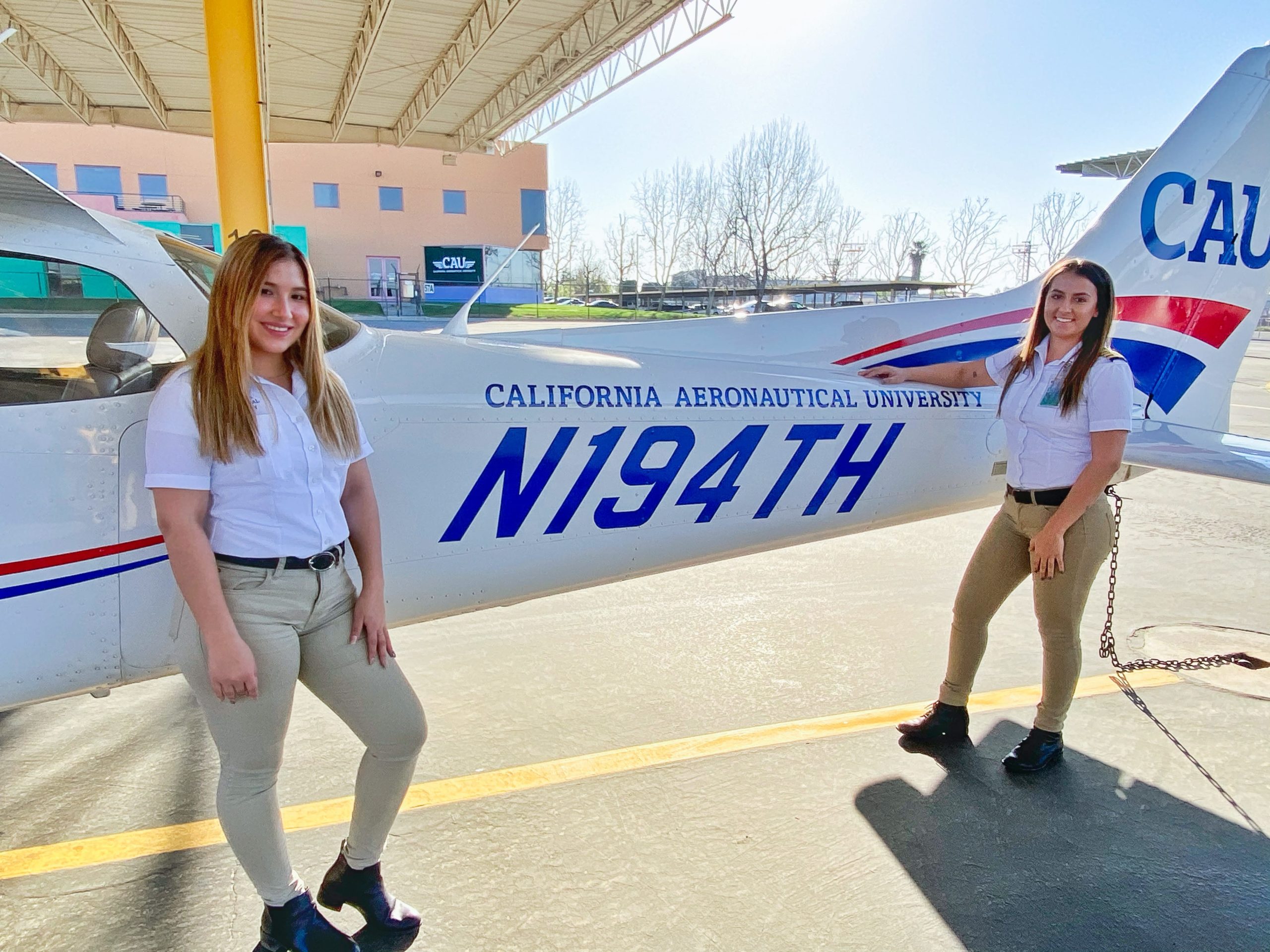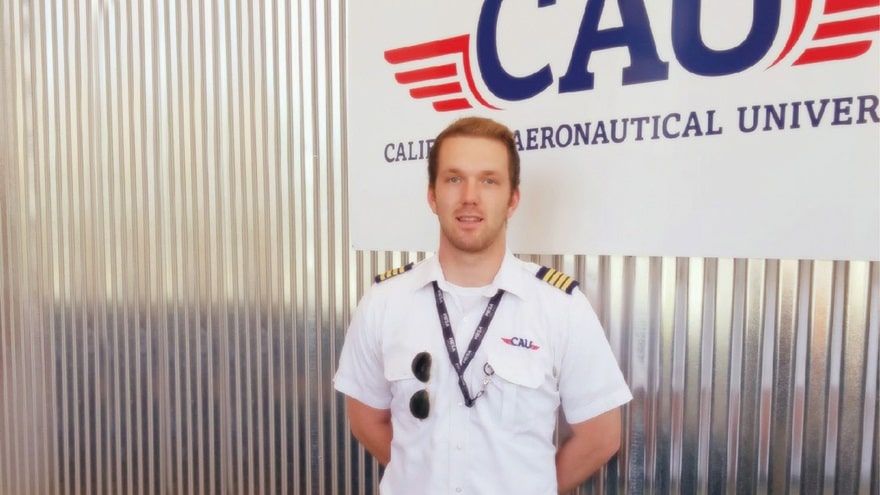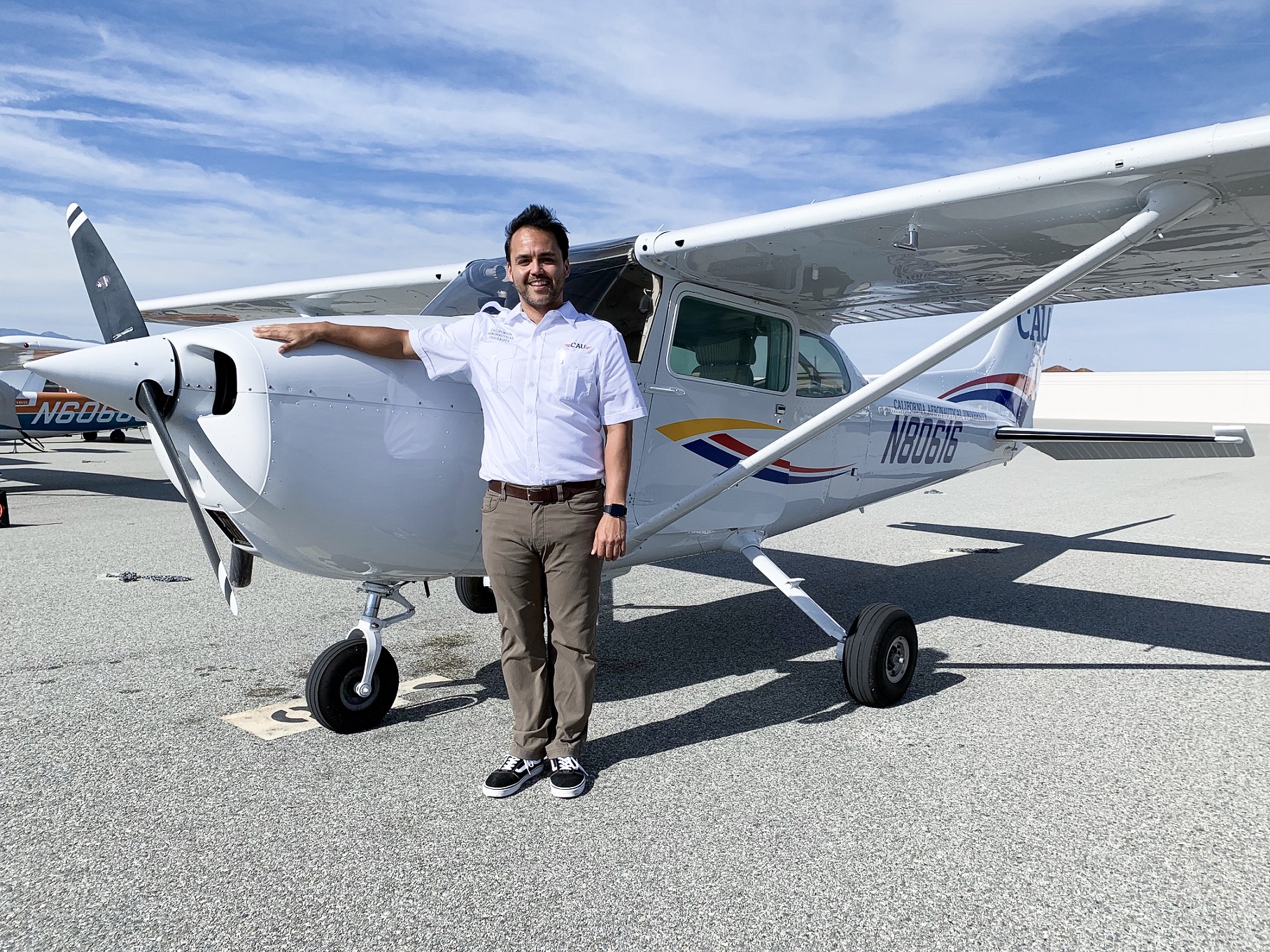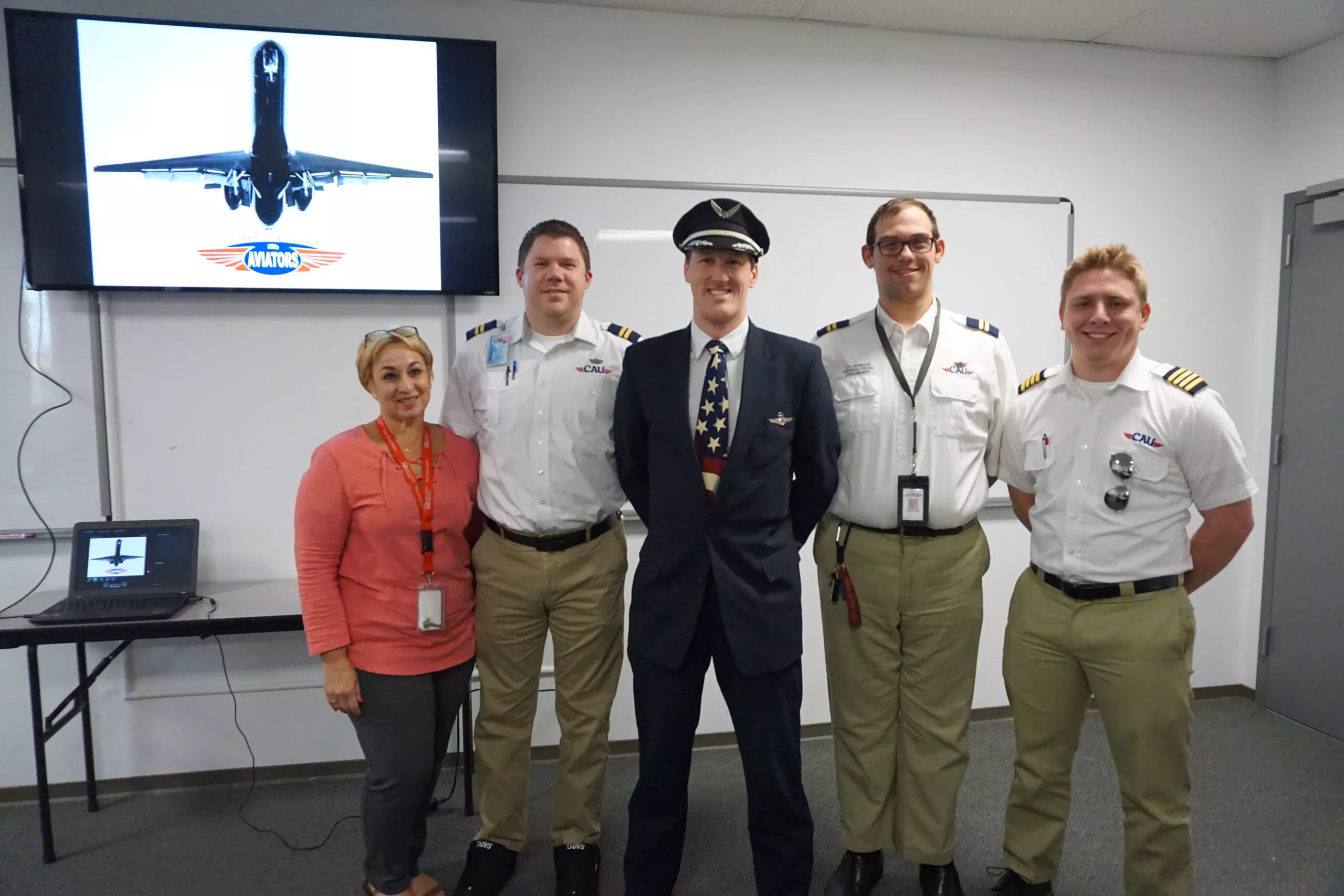Aviation communication is an essential part of every aspect of the aviation industry, from pilots to mechanics to traffic control.
[lwptoc]
The word “communications” might lead many in the non-aviation world to immediately think of marketing, social media posts, or human resources. All of these play a role in the aviation industry however, aviation communication also refers to the unique acronyms, shorthand phrases, specific language.
These expected exchanges of information take place on a constant basis in the world of airplanes and the people who fly, design, service, and separate them. The role of avionics and data transmission is essential in aviation, moreover, here is a look at various forms of aviation communication, as well as the importance of their role in an Aviation Business Administration degree.
Aviation Communication and Air Traffic Control
This is perhaps the most obvious form of aviation communication. Throughout a commercial flight which carries passengers, from sitting in the cockpit to rolling to a stop, the pilot is in regular contact with an air traffic controller. However, while flying with a private certificate under visual flight rules (VFR) in the United States, pilots are not required to speak with air traffic control (ATC), depending on the class of airspace he or she is flying through. Early aviators had no ATC to coordinate traffic, and sometimes it is not possible to contact a controller. However, it is a good idea to speak to any fellow pilots or nearby ATC professional who might be in the area.
Whether a pilot is speaking frequently to ATC or not at all, communicating professionally is paramount. Controllers are usually in a high-pressure environment with several airplanes demanding attention, and rambling through an unnecessarily long call will complicate not only the controller’s job, but frustrate other pilots who are waiting on the frequency.
The language of air traffic control can seem overwhelming, but even longtime pilots have recourse to the Federal Aviation Administration (FAA)’s Aeronautical Information Manual (AIM). The AIM is not legally binding, but it is an invaluable resource when it comes to correctly and efficiently communicating in the air. Practicing with other pilots and listening to live ATC audio feeds are good ways to rehearse and learn more about communicating with air traffic controllers.
Automatic Dependent Surveillance-Broadcast (ADS-B)
The Automatic Dependent Surveillance-Broadcast (ADS-B) consists of surveillance technology which constructs an interface between air traffic control systems and the aircraft. It is more precise than radar, and someday might replace it entirely. This system works with an airplane’s location as provided by GPS systems. It also refers to ground speed, altitude, and information transmitted to other ground stations. Data provided by other aircraft also helps to form a profile for pilots and air traffic controllers alike. The goal is better situational awareness. There are two aspects to this: ADS-B in and ADS-B out.
The FAA provides strict guidelines on the performance requirements and use of ADS-B. In short, ADS-B is part of what the FAA calls the NextGen program, which is a multifaceted effort to modernize aircraft communications and systems in the United States. These requirements demand owners install certain avionics and communication devices on all aircraft which they intend to operate in ADS-B airspace. Some ADS-B requirements were controversial within the aviation industry, however, as installing some of the necessary equipment is expensive, and some claim that use of handheld devices such as iPads are assisting pilots with the same tasks achieved by the ADS-B. In addition, concerns have also been raised over the security of the system.
Airport Service Detection Equipment, Model X (ASDE-X)
This futuristic-sounding system combines satellite, radar, and other forms of data transmission to track not only aircraft, but vehicles travelling around an airport. The purpose of ASDE-X is to increase safety on runways and surrounding areas.
Unfortunately, many accidents and near-misses have taken place before an aircraft ever leaves the ground. By tracking the movement of all vehicles in the same space, whether they have wings or not, ASDE-X can combine the information to provide a full picture of what is underway on and around the runways. In this way, even vehicles without transponders (fuel trucks, baggage carts, catering service vehicles) are part of the coverage. Flight plan data from aircraft which are coming and going also provide important information.
Radar and sensors placed in strategic locations throughout the airport and runways will provide a real-time color presentation to air traffic controllers. Data sensors and sources include the control tower, airplanes on the ground, and any aircraft within five miles of the airport. This increased situational awareness is especially useful in low visibility, as during a snow or rainstorm, or at night. Controllers are alerted with both sound and visual alarms which let them know that two vehicles might be dangerously close.
Most major airports, like those in Denver, Orlando, and Washington DC, are equipped with ASDE-X. To date, about 35 of them employ the system. The increased detail provided by these advanced and more comprehensive systems mean that busy airports should become safer and more efficient.
Aviation Communication and Aviation Business Administration
A strong aeronautical university will include aviation communication in an aviation business administration degree. California Aeronautical University understands this, and concentrates an entire section of its Aviation Business Administration degree on aviation communication. In addition, by mixing constantly with students who are pilots, future air traffic controllers, aeronautical engineers, and mechanics, those who attend such a program are well-situated for conducting themselves with investors, marketers, managers, and government contacts throughout aviation.
The aviation communications concentration within the Aviation Business Administration degree is comprehensive, and covers the procedures and operations of national air traffic control systems. In addition, students are made familiar with other major aspects of communication, including satellite systems and various methods of broadcasting between air and ground. Even if the student is not a pilot, having a thorough understanding of these important forms of aviation communication will play an indispensable part in conducting business throughout each aspect of the industry.
Ready to soar in your aviation career?
Mr. Matthew A. Johnston has over 23 years of experience serving various roles in education and is currently serving as the President of California Aeronautical University. He maintains memberships and is a supporting participant with several aviation promoting and advocacy associations including University Aviation Association (UAA), Regional Airline Association (RAA), AOPA, NBAA, and EAA with the Young Eagles program. He is proud of his collaboration with airlines, aviation businesses and individual aviation professionals who are working with him to develop California Aeronautical University as a leader in educating aviation professionals.
